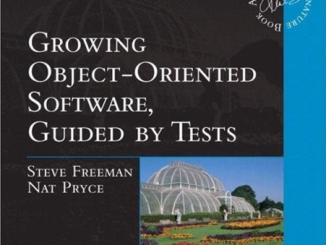Software Testing Articles, Blog Posts, Books, Podcasts and Quotes
The problem of occupational burnout among people due to the lack of interest in the tasks assigned or the unevenness of the assigned load has been extremely acute these days. And the field of software testing and software quality assurance is not an exception for this issue. This article proposes some practical tips on how QA engineers and software testers can deal with burnout.
Creating a mobile game has never been easier, but releasing a product with many bugs will just ruin your reputation. This article provides five tips and tricks for testing mobile games.
Object orientation (OO) is not a trendy concept anymore, but it hasn’t certainly lost it values. The purpose of the book “Growing Object-Oriented Software, Guided by Tests” is to integrate the development of object-oriented software with the Agile testing Test-Driven Development (TDD) approach, more specifically in Java. It starts with an introduction to TDD and the open source testing tools (Junit, jMock2) that will be used in the examples.
If a SQL server is the bedrock of your app or service, then its performance will be a big part in determining the responsiveness and fluidity of the end-user experience. As such, it is only by monitoring database performance from moment to moment and tracking usage trends over time that you can optimize it successfully.
Software testing seems like an easy job to many people thinking that some little theoretical knowledge will be enough to be good software testers. In this article, Nataliia Syvynska explains that you need more than this to test software efficiently.
Welcome to this Cerberus Testing step-by-step tutorial for testing REST APIs. This guide will help you understand the test automation workflow and good practices supported by the Cerberus Testing open source framework.
In this era where everything is going digital, job roles are evolving too. There are new functions going online, more apps being developed for different tasks and for leisure. Technology is evolving at a pace faster than ever. With this, the role of QA is evolving too.







